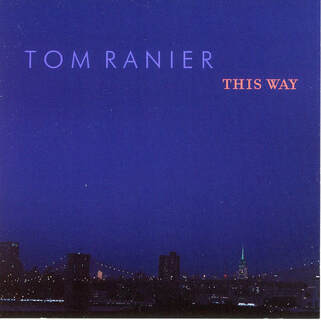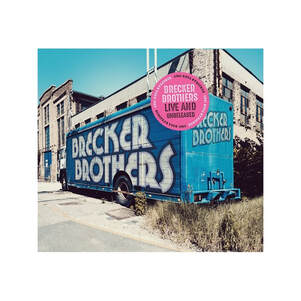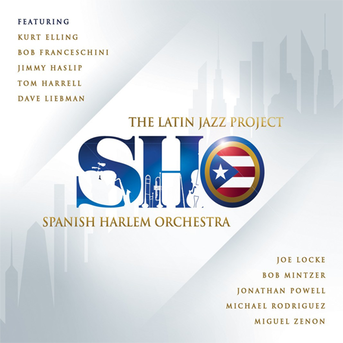
This was worth the wait.
A photographer as well as a composer/pianist/multi-reedist, Tom Ranier is a master of imagery and never more so than on This Way.
Renier composed six of the eight tunes on this way. You'll hear him on the piano and synthesizer in addition to soprano, Alto, tenor, and baritone saxes. He is just that adept at the B flat, bass, and contralto clarinets. Performing with him or some of southern California's first call musicians. Trey Henry is on acoustic and electric bases, Ralph Humphrey is on drums, and Thom Rotella is on guitar.
Tom has said of This Way, “Every recording is a snapshot in time of where the artist is right at that moment. This album is the culmination of all my experiences and musical influences over the last 15 or so years.”
The album opens with Blue Aria, a Tom Ranier original. The depth and beauty of Ranier’s composition and artistry is warm and evocative. That does not let up throughout the whole album. Each of the compositions create a mood-scape of remembrance and reflection.
Yes, Kloose is a nod and wink to drummer Ralph Humphrey, nicknamed Kloose. Ranier calls Humphrey “One of the absolute masters in the whole world at playing odd time signatures.” Humphrey proves it on this track.
When we get to the first cover, Secret Heart, that is also a heartfelt reminiscence from Randy Brecker and Eliane Elias regarding the incomparable Michael Brecker. Brecker was a master soloist and Ranier has transcribed Michael’s soprano sax for an arrangement for soprano, baritone, and three clarinets. Somewhere, Michael is smiling.
Trio Vision gives range to Trey Henry’s bass in what can only be called an exquisite acoustic trio. The piano-bass-drums trio is my favorite format and these guys just own it.
The second cover and final track of the album is Jobim’s Desafinado. Ranier’s beautiful piano work is enhanced by the four clarinet/bass clarinet passages. You can’t go wrong with Jobim and Ranier takes the already beautiful piece and expands on it.
This Way is indeed worth the 14-year wait. It is veritably impossible to separate the impression and impact of the eight pieces on this album. Each track moves from depth to depth. The album is a session in musical therapy as Ranier plumbs the profundities of life’s experiences.
~Travis Rogers, Jr. is The Jazz Owl



 RSS Feed
RSS Feed
